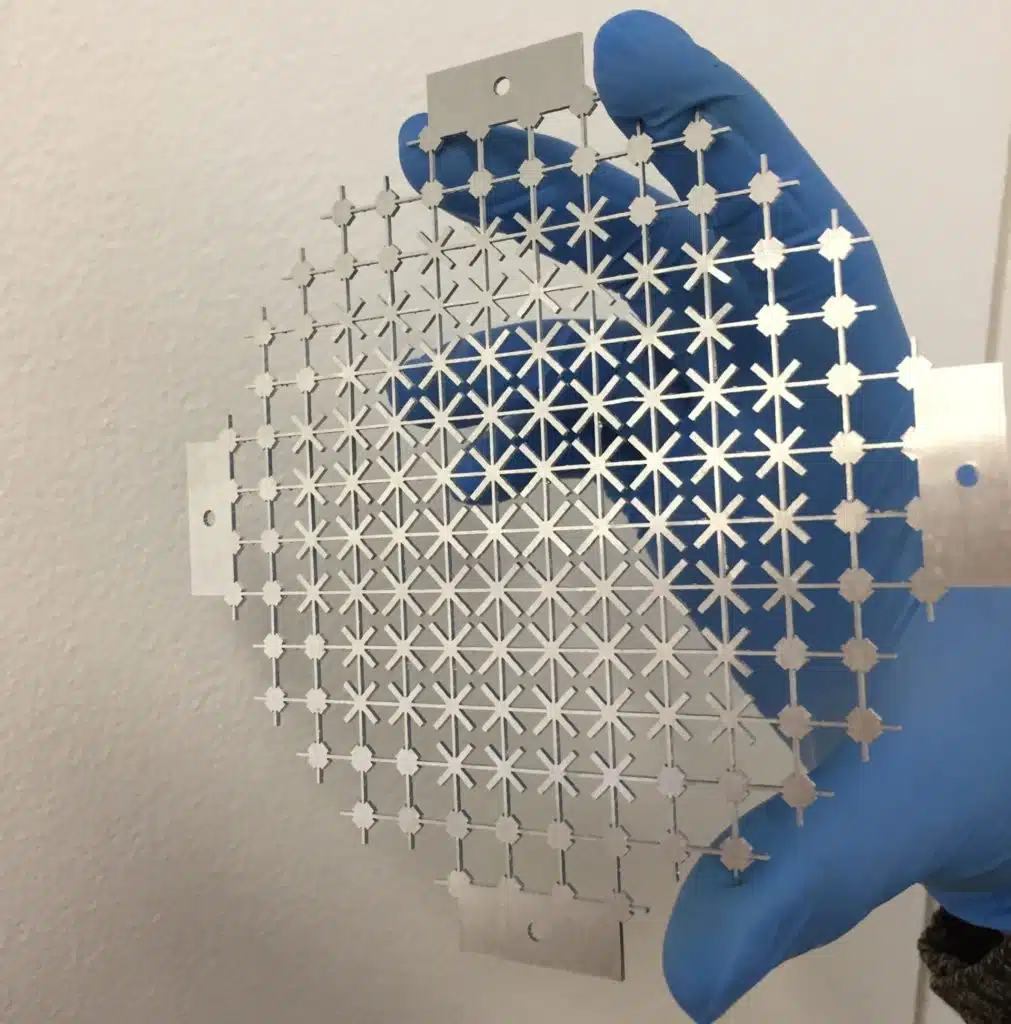New, compact, low-cost satellite antenna could make it possible
A researcher at Macquarie University is working at bringing fast internet to the Outback by means of a low-power, lightweight satellite antenna he has invented.
Ali Lalbakhsh hopes his new device will close the digital divide in rural areas and open new commercial opportunities. The antenna could equip smart ambulances for telehealth, guide self-driven tractors on farms, boost tourism, and give passengers on trains and ferries access to high-speed internet, he says.
“Existing solutions are expensive, but this affordable technology means everyone, everywhere could have access to high-speed internet, even when they’re on the move,” says Ali.
His team already has designed, fabricated, and successfully tested a prototype: they are now working to make it fully compatible with both traditional geostationary satellites as well as the newer non-geostationary satellites, like those being launched by the dozen to form Elon Musk’s Starlink.
The antenna is designed to collect and direct electromagnetic waves via a metallic “metasurface” which is thinner than the wavelengths it receives. This is cheaper than the more common phased arrays that electronically steer the electromagnetic waves, while being compatible with both stationary and moving platforms.
“The metasurface is composed of all-metal resonators that we engineered with the assistance of artificial intelligence to direct the antenna beam towards the target satellite,” Says Ali.
The real issue with existing technology for internet users in remote areas is latency—the time it takes for data to get where it’s going and back again. This makes it hard for those in the bush to take part in anything that relies on natural two-way communication, for example, telehealth, home learning, or even online gaming.
A second difficulty is bandwidth, the amount of data you can up- or download per second. This has an impact on streaming TV and video and working with large files online. It also makes it hard to use multiple devices at the same time, whether for a large family, a tourist resort or a fleet of tractors.
Ali believes his technology is only about three to five years away from the market.





 Fresh Science is on hold for 2022. We will be back in 2023.
Fresh Science is on hold for 2022. We will be back in 2023.